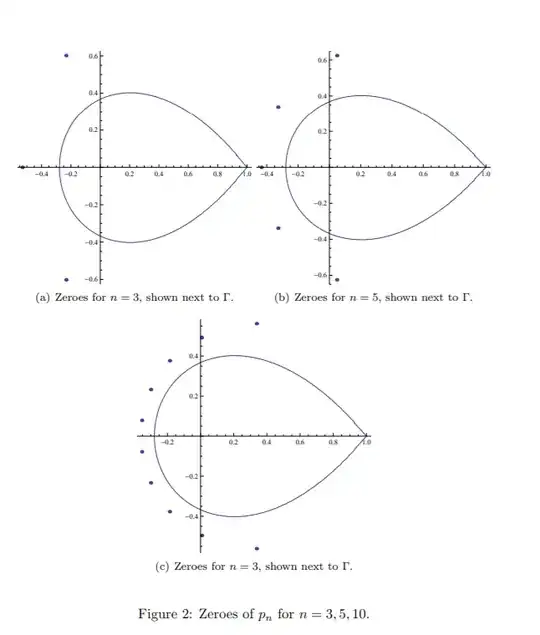There is none because we have $e^z \neq 0$ for every $z \in \mathbb C$.
But we have Taylor series that everywhere converges to $e^z$, it is $e^z = \displaystyle \sum_{k=0}^{+ \infty} \frac {z^k}{k!}$.
If we truncate that series , say, at natural $m$, then we have Taylor polynomial $\displaystyle \sum_{k=0}^{m} \frac {z^k}{k!}$, which has, counted with maybe possible multiplicity, $m$ complex zeroes.
So as the degree of Taylor polynomial grows the number of zeroes increases, but in the limit they all dissapear, why?
